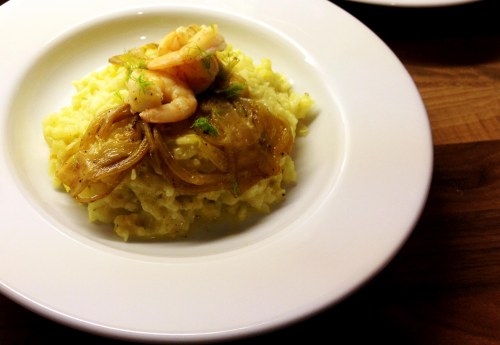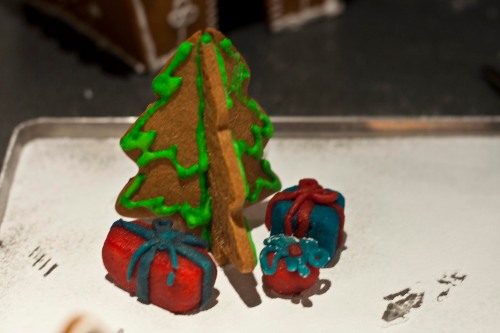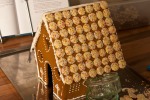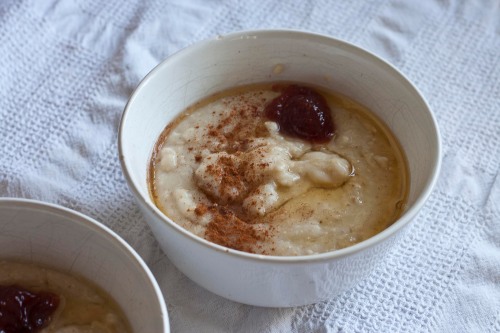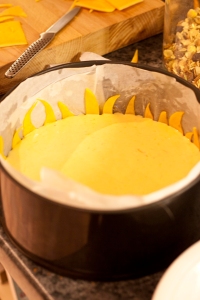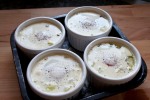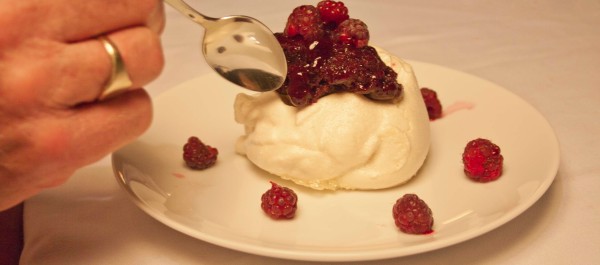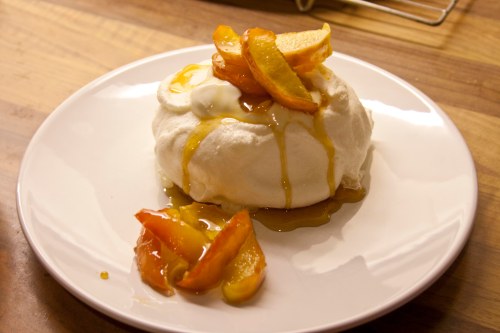Has it really been 5 months since I wrote a post? Needless to say, like everyone else I’ve been busy!
Since my last communication I have
- Taken and passed my Wine exam with a distinction
- Sat through the Leiths diploma theory exam and stood through a 5 hour practical and passed!
- Enjoyed a lovely long weekend with my family on the outskirts of Rome
- Spent a month taking in the sights, hospitality and divine food of Hong Kong, Cambodia and Vietnam
- Fed nine hungry golfers for a week at a gorgeous villa in the hills of Catalunya
- Worked freelance for various catering companies
- Baked an enormous and rather delicious chocolate cake for a 50th birthday party
- Run my first independent canape and bowl food events to great success
So whats’ next?
You might remember my post: Lessons from work experience as I considered my options post Leiths. One of the greatest things about a life in food is that it is constantly evolving, you can never stop learning new styles, techniques and recipes, from yourself and from others. I wanted to do something I loved and to be my own boss so I have taken the first steps to setting up my own catering and events business. Details of what I will be doing will follow, and cookery classes are comings soon. But in the meantime here is a recipe (especially for Hayley) that makes use of a fabulous ingredient currently in season: Fennel
Fennel and lemon risotto with prawns
Serves 2
1 fennel bulb
2 tbsp olive oil
2 tbsp butter, plus 1 tbsp to finish
1 onion, finely chopped
180g risotto rice
1 large glass of white wine or vermouth
600ml vegetable stock
zest of 1 lemon, and juice to taste
25g parmesan, grated
6 peeled, raw large prawns
Finely chop the onion. Trim any green fronds from the fennel bulb and reserve for a garnish. Cut the fennel bulb in half and thinly slice three slices from each side using a mandolin or sharp knife. Finely chop the remaining fennel.
Very gently simmer the stock. In a separate pan gently sweat the chopped onion and fennel in olive oil until soft and translucent. Add the rice and stir until coated in oil. Turn the heat up and add the wine or vermouth. Stir until evaporated. Turn the heat down and add a ladleful of stock, stir from time to time until it has reduced. Repeat until the rice is al dente (has a slight bite). You may not need to use all of the stock.
Meanwhile, melt 2 tablespoons of butter in a frying pan and add the fennel slices. Cook until golden and then gently flip over. Add a ladleful of stock and allow to simmer until the stock has evaporated and the fennel is soft and golden.
Devein the prawns, make a shallow cut along the length of the black line and lift the intestinal tract out using the tip of a knife.
When the risotto is al dente, add the zest, butter and parmesan. Season to taste. If you would like a more lemony flavour, add some lemon juice. Cover the pan and leave for 5 minutes while you cook the prawns.
Push the fennel slices over to one side of the pan. Turn the heat up and fry the prawns on each side until pink.
Spoon the risotto into bowls, top with three fennel slices, three prawns and the fennel fronds.
p.s apologies to any followers that received an earlier email notifying them of a new but only half written post. The new changes (probably not so new anymore) to wordpress temporarily confused me!
